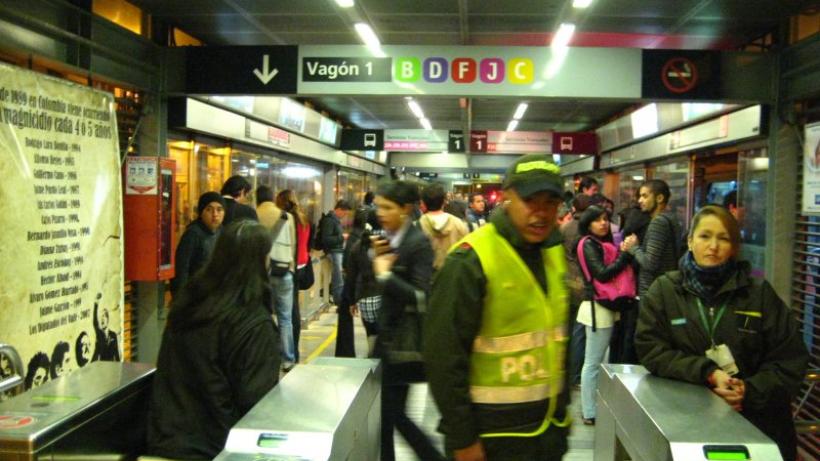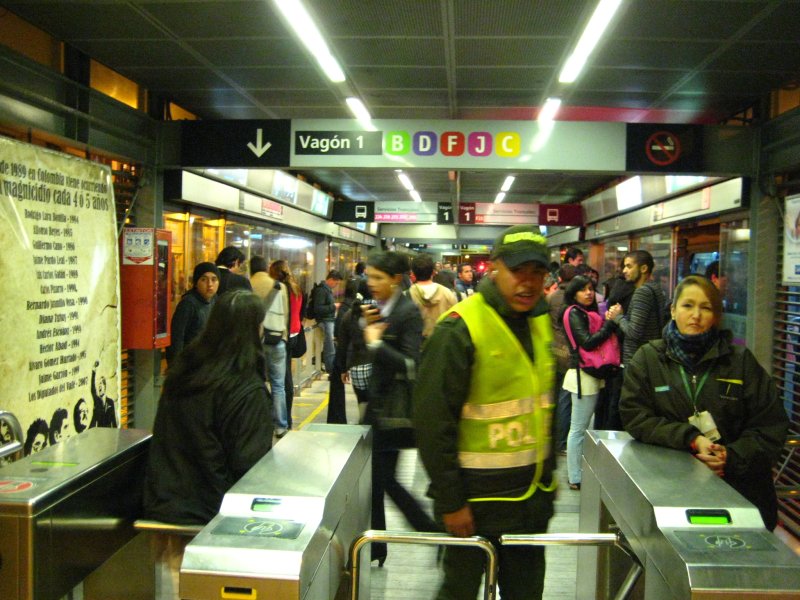
The new urban agenda (Part 2): Urban complementarities
Following on from our recap of the policy takeaways at the recent IGC Cities conference, today's blog highlights a number of innovative and exciting academic studies that were presented.
For the first time in history, more than half of the world’s population are living in cities. By 2045, the urban population of the world is expected to grow from 3.9 billion currently to over 6 billion. Close to 90% of this expected growth will take place in developing countries. The need to clearly understand what makes cities liveable and productive has therefore never been greater. What is potentially even more pressing is figuring out how African and Asian cities can deal with the massive challenges that arise from increases in population density, such as congestion, contagion, and infrastructure sufficiency.
On the 28-29th of January, the IGC gathered some of the world’s foremost researchers and decision makers on urbanisation for a two day conference to explore the main challenges and opportunities facing developing cities. This second annual IGC Cities Conference discussed issues from optimal city structure and zoning to transport and infrastructure needed for functioning cities and the lessons learned from history on providing clean water and sufficient sewage systems.
Below we list three key ideas coming out of top level research presented at the conference:
#1 Effective zoning and land use policies can increase welfare
If it didn’t matter who your neighbours were or which businesses were located close to your home, city planners would not have much to do. However, a large body of evidence shows that this is not the case. Location decisions, by individuals and firms, are shaped by and in turn shape the productivity of a city’s economy. The resulting agglomeration effects can generate large positive impacts for a city. In the existence of such spillover effects, city planners need to know what policies (i.e., zoning, infrastructure projects, etc.) best take advantage of the productivity gains from such clusters.
A recent paper, presented by Costas Arkolakis (Yale), does exactly this. Using a sophisticated ‘general equilibrium model’, Arkolakis (with co-authors Treb Allen and Xiangliang Li) accounts for various aspects of a city’s structure and spatial linkages. The model suggests that city planners can increase resident welfare by restricting land use, or developing specific ‘zones’ for urban land use.
The authors apply the model using data from Chicago to evaluate zoning policy and to identify areas where relaxing or increasing zoning policies might improve welfare (see graph below). Such a model could be adapted to other cities. In order for the model to work, the researchers would need access to data on existing housing stocks, transportation, and commuting networks. Once that data is entered into the model, it can predict welfare gains from opportunities to relax or reconfigure zoning policies.
Figure 1. The welfare effects of re-zoning in Chicago
Note: The figure indicates the direction in which the model predicts areas in Chicago ought to be re-zoned to increase city-wide welfare. Red blocks indicate areas which should be reallocated to residential purposes and blue blocks indicate areas where spaces should be reallocated to commercial purposes.
#2 Improving transport infrastructure can decrease inequality
Rapid urban growth in developing countries is often characterised by two features – congestion and inequality. Poor transport infrastructure not only exacerbates traffic congestion, but can also aggravate urban inequality levels. According to new research by Nick Tsivanidis (University of Chicago Booth) improvements in transportation infrastructure could not only reduce commuting times but also facilitate better matching between workers and jobs when residential and employment clusters are spread further out.
In on-going work, Tsivanidis is examining the effects of implementing a new bus rapid transit (BRT) system called TransMilenio in Bogotá, Colombia. Opened in 2000, TransMilenio has since become one of the world’s most used BRT systems with 2.2 million trips per day. The staggered rollout of the network, coupled with the fact that routes served different socio-economic groups, made it possible to evaluate the distributional effects of the transport network. By leveraging a rich set of spatial data available both before and after the construction of the BRT, Tsivanidis is able to analyse a wide variety of distributional effects on commuting time, land value and income.
Findings, so far, suggest a sizable impact on land and labour markets. TransMilienio appears to be most heavily used by low- and middle-income groups, and despite comments on over-crowding and congestion on buses, high utilisation implies significant demand for the transit system from Bogotanos, as commuters also reported reduced commuting times.

Image credit: Mobilidade Urbana
Gains from transportation infrastructure are the result of improvements in matching between workers and jobs. This assumes that some segments of the labour force will be better suited to certain kinds of jobs than others. If this holds, then interventions to improve connectivity between workers and jobs based in different parts of a city will result in productivity gains from better quality job-matching.
Results from Bogotá suggest that TransMilenio contributed to wage increases of 7% for neighbourhoods that were less than 500 meters from the stations, relative to neighbourhoods in peripheral areas. Further results will aim to quantify the impact of the transit system more clearly as well as the net effect on welfare across low- and high-skill workers, and provide a cost-benefit estimate of the investment alongside an evaluation of its interaction with Bogotá’s land use policy.
#3 Clean water and sanitation can, together, reduce infant mortality
Contagion, or the rapid spread of disease in high-density areas is a significant risk factor and burden on the healthcare systems of most developing countries. Much evidence already exists on the importance of clean water to community health outcomes, but there is a gap in our understanding of the importance of sewerage systems for similar outcomes. Untangling this relationship, Marcella Alsan (Stanford) presented an empirical analysis (co-authored with Claudia Goldin, Harvard) of a regional sewerage system and clean water provision in late 19th century Massachusetts which resulted in the earliest recorded instance of a significant decline in the infant mortality rate (IMR).
Leveraging initiatives that provide both clean water and sewerage may play a complementary role in reducing transmission.
Over a relatively short period, IMR in greater Boston fell from 163/1000 in 1896 to 151/1000 in 1898, and subsequently to 100/1000 by 1915. The decline can be attributed to a radical change in water and sewage treatment in the greater Boston area. The implementation of extensive water and sanitation infrastructure allowed potable water to flow into homes, and protected it from the sewerage being pumped into the Boston Harbour. Alsan and Goldin show that separately, changes in water and sanitation had small or negligible effects, but taken together, as illustrated below, the investments accounted for approximately 37% of the total decline in log infant mortality over the period.

Figure 2: Impact on (Log) Infant Mortality Rate, before and after safe water and sewerage
Note: The line at 0 gives the moment of both water and sewerage treatments by town.
Clean water is not enough: Complexities of pathogen transmission pathways
Diarrheal-related diseases are still a leading cause of childhood and infant mortality in much of the developing world. Increasing incidences of anti-biotic resistance make treatment-focused approaches largely impractical. Good policy should instead centre on identifying effective preventative measures for disease transmission. Achieving this may require urban planners and policymakers to incorporate a greater understandings of the pathways of pathogen transmission.
Diarrheal-diseases are largely attributable to faecal-oral transmission, which can occur through multiple pathways. Sewerage provides a first order of defence, removing excrement from drinking water sources. This further reduces the risk of transmission by flies that might otherwise be attracted by excrement. Finally, excrement also enters the food supply through agriculture, which may intentionally or unintentionally be exposed to contaminated water through run-off or flooding. Clean water is important not only for drinking, but for washing food. Without sewerage systems however, clean water is not enough to disrupt potential pathogen transmission pathways. Leveraging initiatives that provide both clean water and sewerage may play a complementary role in reducing transmission.
This supports Alsan and Goldin’s proposition that investments in clean water and sewerage provide higher returns to health than individual investments. Gains to IMR are promising and should inform urban policy agendas in developing countries.

